The Art for Social Inclusion Program
Creating an Inclusive Society through Artistic Activities
The Social Art Lab aims to develop the design skills and evaluation methods for artistic activities fostering “true” social inclusion, in which relations between the minority and the majority are merged and transformed.
Initiatives from the 2018 Academic Year
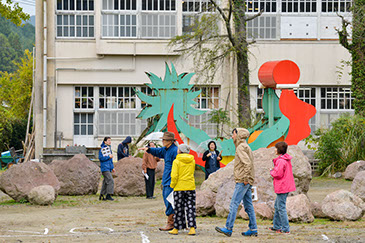
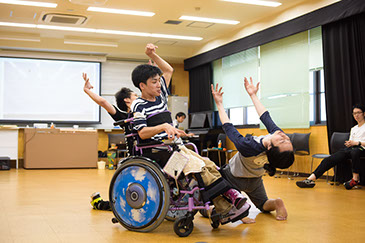
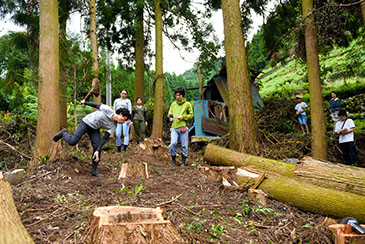
Physical and financial support is crucial in the aftermath of disasters, but psychological support is also vital. Art can help the affected people recover from their trauma and reconstruct their memories.
Art’s value is not restricted to the real-world economy. Art can nullify inequality in daily life between persons with and without disabilities, providing a different environmental setting. Awareness that disability is a social construct changes the relationship between the two groups.
Many regions in Japan are struggling with the problem of depopulation. Whereas no art project can provide a fundamental solution, it may offer new ways of viewing and utilizing the regions.
Overview: Participants take part in "Reconstruction Garden" production, scheduled for completion in 2020, and learn about methods for planning and management of post-disaster art projects while taking part in research on disaster-affected area and planning workshops with local residents.
[Kurogawa, Takagi District, City of Asakura]
Overview: Modalities for communication with people who have handicaps by means of workshops and internships. Comprehensive study extends to on-site care during practice of arts and processes of stage performance.
[City of Fukuoka]
Overview: By cooperation with artists in residence on the theme of "half-agriculture, half-art" and with an international work camp, learn about the connection between art and agriculture in a depopulated town.
[Kasahara, Kurogi Town, City of Yame]
photo: Akiko Tominaga
photo: Akiko Tominaga
photo: Satoshi Nagano
What can art offer in a depopulating region?
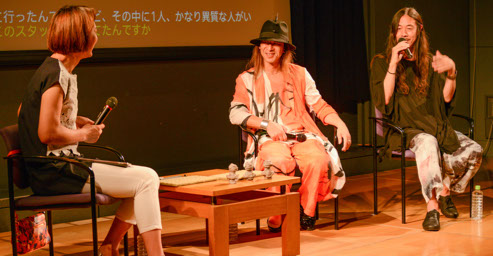
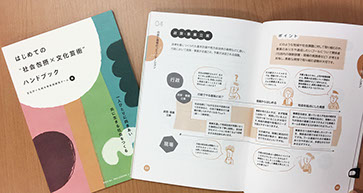
Collaboration with Agency for Cultural Affairs Joint Research Projects with Universities and Research Institutions, Etc.
Current Circumstances and Features: Inviting guest speakers from outside of Fukuoka Prefecture, lectures are held with the participation of an audience that is diverse in occupations and perspectives. Provide an occasion for thinking about the multi-layered aspects of social inclusiveness.
[Fukuoka Prefecture]
Overview: Develop educational resources while collecting knowledge and know-how needed for human resource development.
photo: Satoshi Nagano


Background and Significance: Co-creative artistic activities conducted in awareness of social inclusiveness have become widespread, but understanding and know-how regarding essential aspects are inadequate and human resource development methods are also unclear.
→ Approaching by means of human resource development, actual practice, and research, propose a model for development of human resources for arts management.

1) Systematization of knowledge and know-how relating to design of co-creative art activities contributing to social inclusiveness
2) Produce art management personnel capable of autonomously developing co-creative art activities in a local community regardless of whether or not they are culture and art specialists

